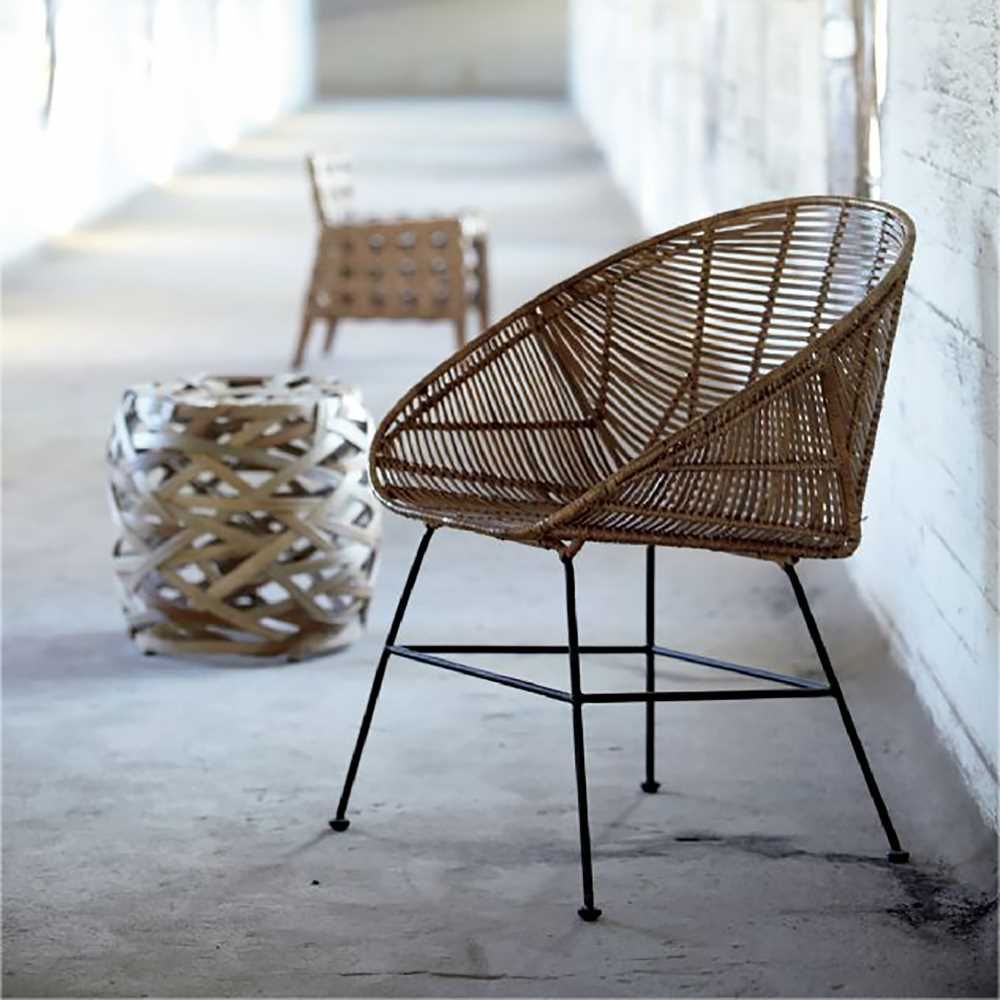Wicker chairs with their classic charm and enduring appeal are an integral part of many households. However over time wear and tear can take a toll on these beloved pieces of furniture. The good news is that you do not need to part with your wicker chair when signs of damage appear. With the right skills and tools you can skillfully repair your wicker chair breathing new life into it. In this comprehensive guide we will take you through the step by step process of Wicker Chair Repair ensuring a seamless and effective restoration.
Assessing the Damage
Before embarking on the repair journey it’s crucial to assess the extent of the damage. Carefully inspect your wicker chair for loose or broken strands damaged supports or any structural issues. Understanding the nature of the damage will guide you in selecting the appropriate repair techniques.
Gathering Your Tools and Materials
To embark on your wicker chair repair project you’ll need a set of tools and materials. Here’s a comprehensive list to ensure you’re well-equipped:
Tools
- Needle nose pliers: For manipulating wicker strands.
- Scissors: Precise cutting for a neat repair.
- Wood glue: Essential for reinforcing structural elements.
- Small paintbrush: For applying glue accurately.
- Clamps: To secure the wicker during the repair process.
Materials
- Replacement wicker strands: Matching the color and thickness of the existing weaving.
- Binder or twine: Used for securing the new wicker in place.
- Sandpaper: To smooth any rough edges post repair.
Repairing Loose Weaving
Identify the Loose Strands
Carefully examine your wicker chair and identify any loose or unraveled strands. Take note of the specific areas that require attention.
Secure with Wood Glue
Apply a small amount of wood glue to the loose strands using a paintbrush. Press the strands back into place ensuring a secure bond.
Clamp and Allow to Dry
Use clamps to hold the repaired area in place while the glue sets. Allow sufficient drying time for a robust and durable fix.
Fixing Broken Wicker Strands
Remove Damaged Strands
Utilize needle nose pliers to carefully remove any broken or damaged wicker strands. Ensure a clean and precise extraction.
Introduce Replacement Strands
Weave the replacement wicker strands through the existing pattern mimicking the original design. Maintain consistent tension for a seamless integration.
why Secure with Binder or Twine
Tightly bind the new strands to the existing wicker using a binder or twine. This ensures a secure and uniform finish.
HOW Strengthening Structural Integrity
Identify Weak Points
Inspect the chair’s structure for any weak or compromised areas. This may include loose joints cracked wood or wobbly legs.
Apply Wood Glue
Apply wood glue to the weakened joints or cracks. Press the affected areas together ensuring the glue penetrates for a strong bond.
Reinforce with Clamps
Secure the repaired sections with clamps maintaining pressure until the glue dries completely. This process enhances the chair’s structural integrity.
Final Touches
Sanding
Once all repairs are complete use fine grit sandpaper to smooth any rough edges. This step enhances the aesthetic and ensures a comfortable sitting experience.
Inspection
Thoroughly inspect your wicker chair to ensure all repairs are seamless and secure. Make any necessary adjustments for a flawless finish.
Conclusion
Fixing your wicker chair is a rewarding project that helps you keep a beloved piece of furniture around for longer. With the proper tools and by following our simple guide, you can easily tackle problems like loose weaving or structural issues. This ensures that your wicker chair stays a timeless and comfy part of your home.
Thank visiting webblogworld.com





